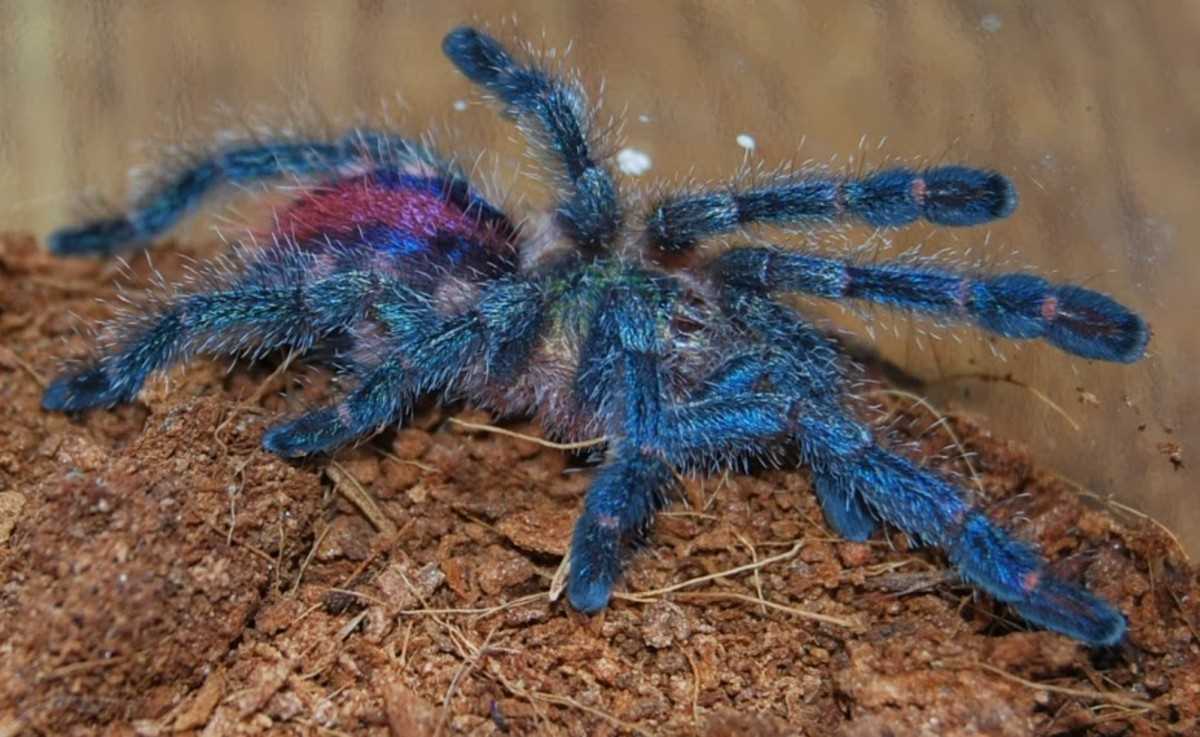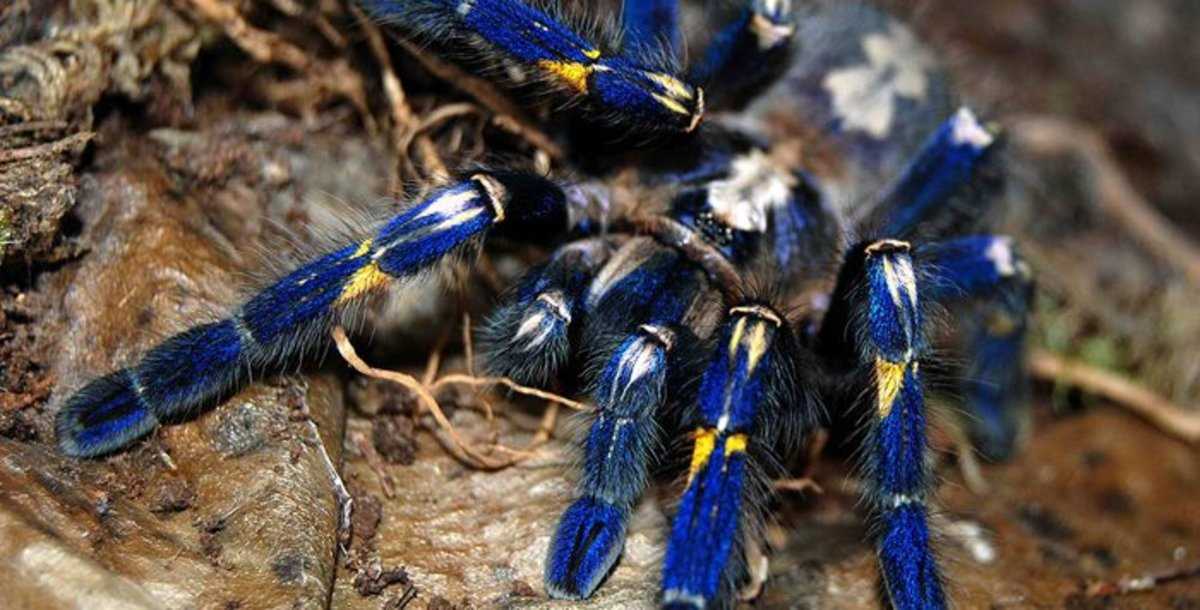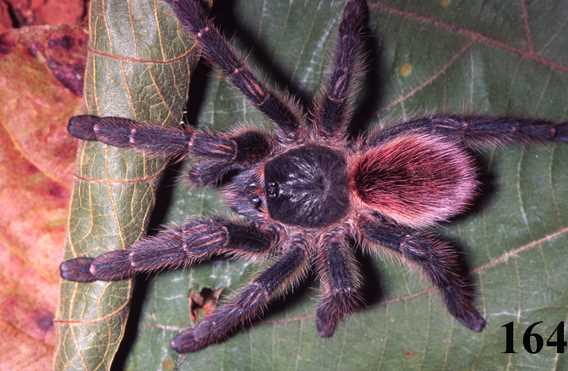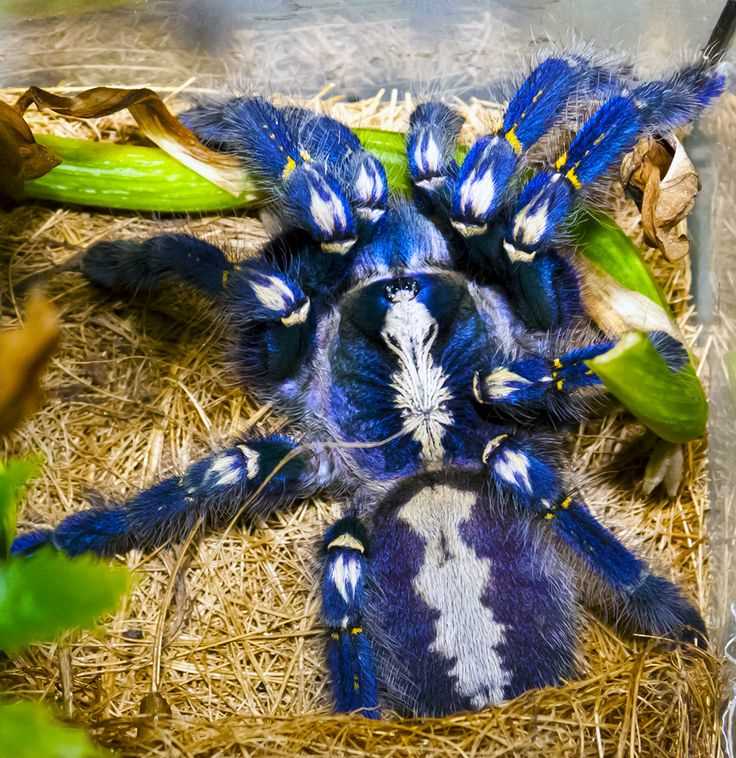
When you hear the word “spider,” you might imagine a small, eight-legged creature that scurries across the floor. But tarantulas are a whole different story. These venomous arachnids are not only larger, but they also have a unique set of characteristics that make them truly fascinating.
One of the most intriguing aspects of tarantulas is their exotic appearance. With their hairy bodies and long legs, they are a sight to behold. But it’s not just their looks that make them stand out. Tarantulas come in a variety of colors, ranging from earthy browns and blacks to vibrant blues, reds, and yellows. Some species even have intricate patterns on their bodies, making them a true work of art.
Another fascinating feature of tarantulas is their ability to create intricate webs. While most people associate webs with other spider species, tarantulas also utilize silk to construct elaborate burrows and traps. These webs serve multiple purposes, such as providing shelter, capturing prey, and even attracting mates. It’s truly amazing to think about the complexity of these structures and the skill that tarantulas possess to create them.
The Diversity of Tarantulas
Tarantulas, with their unique appearance and fascinating behaviors, have captivated the curiosity of nature enthusiasts for centuries. These exotic spiders belong to the family Theraphosidae, characterized by their hairy bodies and large size.
There are over 900 different species of tarantulas found across the globe, inhabiting a wide range of environments including deserts, rainforests, and grasslands. Each species has its own distinct characteristics and adaptations that allow them to thrive in their specific habitats.
Web-spinning and Hunting Techniques
Tarantulas use web-spinning as a tool for capturing prey and creating shelters. While not all tarantulas create elaborate webs like their smaller relatives, some species construct intricate webs to catch insects and other small animals. Others rely on their remarkable hunting skills, ambushing their prey with lightning-fast strikes.
Another unique feature of tarantulas is their ability to live in burrows or create elaborate underground tunnels. These underground homes provide protection from predators and help regulate the spider’s temperature and humidity levels.
Fangs and Venomous Defense

One of the most captivating features of tarantulas is their impressive fangs. These specialized mouthparts allow tarantulas to inject venom into their prey, immobilizing and digesting it. While most tarantula venom is harmless to humans, some species possess potent venom that can cause health complications.
Despite their fearsome reputation, tarantulas play a crucial role in maintaining the ecosystem balance. As effective predators, they help control the population of insects and contribute to the overall health of their habitats.
Unique Characteristics and Adaptations
Tarantulas are a fascinating species of spider that have unique characteristics and adaptations which set them apart from other arachnids. These creatures thrive in a variety of environments, from rainforests to deserts, and their ability to adapt to different conditions is truly impressive.
One of the most striking features of tarantulas is their size. These spiders can grow to be quite large, with some species reaching a leg span of up to 10 inches. Their size alone makes them a cool and impressive addition to any terrarium.
Another unique characteristic of tarantulas is their colorful markings. While some species are relatively drab in color, others boast vibrant patterns and hues that make them truly stand out. These colorful tarantulas are highly sought after by collectors and enthusiasts.
Tarantulas are also known for their ability to create silk webs. While they may not create elaborate structures like other spiders, tarantulas use their webs to line their burrows and create a safe space for themselves. These webs serve as a form of protection and also help with capturing prey when it comes into contact with the sticky strands.
Overall, tarantulas are fascinating creatures with unique characteristics and adaptations. From their impressive size to their venomous fangs, colorful markings, and ability to create webs, these exotic spiders are truly a marvel of the natural world.
| Characteristics | Adaptations |
|---|---|
| Large size | Ability to thrive in different environments |
| Venomous fangs | Use of silk webs for protection and capturing prey |
| Colorful markings |
Tarantula Venom: Deadly or Harmless?

Tarantulas are a fascinating type of spider that captivate the imagination of arachnid enthusiasts worldwide. With their exotic appearance and unique characteristics, these cool creatures are a popular choice for spider enthusiasts and hobbyists.
One aspect of tarantulas that often sparks curiosity is their venom. Many people wonder if tarantula venom is deadly or harmless, and what role it plays in the spider’s life.
Tarantulas possess venomous fangs, which they use to inject venom into their prey. This venom helps immobilize their victims, making it easier for the tarantula to subdue and consume them.
Venomous Adaptations
Tarantulas have evolved various adaptations to produce venom and utilize it effectively. Their fangs, located at the front of their mouths, are specialized structures designed for injecting venom. These fangs can differ in size and shape between species, depending on their hunting strategies and prey preferences.
In addition to their fangs, tarantulas have venom glands located in their cephalothorax. These glands produce and store the venom, which is then delivered through the fangs during a bite.
Role in Spider’s Life
Tarantula venom serves several purposes in the spider’s life. First and foremost, it is used as a hunting tool, aiding in the capture and subduing of prey. The venom helps the tarantula to immobilize its victims, making it easier for the spider to overpower and consume them.
Additionally, tarantula venom plays a role in defense. When threatened or provoked, tarantulas can bite and inject venom as a means of self-defense. The venom can cause discomfort and irritation to potential predators, deterring them from further harassment.
Conclusion
In summary, tarantula venom is an important aspect of these fascinating arachnids. While not all tarantulas have venom that poses a threat to humans, it is essential to approach them with caution and respect. Tarantulas have evolved these venomous adaptations as an effective hunting tool and means of self-defense, further adding to their cool and unique nature. So, whether you find tarantulas creepy or captivating, their venomous capabilities are definitely worth learning about.
Tarantulas as Pets: Tips and Considerations
The Right Terrarium
Choosing the right terrarium is crucial for the well-being of your pet tarantula. It should be large enough for the spider to move around comfortably and have plenty of hiding spots. A glass tank with a secure lid is ideal, as it allows for easy observation and prevents escapes.
Creating the Ideal Habitat
Provide a substrate that allows for burrowing, such as coconut fiber or peat moss. This will give your tarantula a sense of security and enable them to exhibit natural behaviors. Additionally, add rocks, bark, or other decorations to create hiding spots and climbing opportunities.
Feeding and Handling
Handling tarantulas should be approached with caution, as some species can be defensive or have venomous fangs. If you choose to handle your tarantula, it’s essential to learn the proper techniques and handle them gently to avoid causing stress or injury.
Venomous Concerns

While tarantulas are venomous, most species are harmless to humans. Their venom is primarily used for subduing prey, and their bites are rarely dangerous. However, if you have allergies or sensitivities, it’s best to avoid handling tarantulas and seek medical attention if bitten.

I’m Lena Adams—a product of an unconventional upbringing in the African wilderness. My father, a daring explorer of African wildlife, sparked my fascination with reptiles, a passion that intertwined with the tragic loss of my mother during an expedition, leaving an indelible mark on my life. Driven to understand the creatures that captivated my parents, I embarked on my journey, sharing insights about reptiles, frogs, and lizards on my website. Through my explorations and conservation efforts, I honour my family’s legacy while seeking connections—to the creatures, nature, and the mother whose presence I yearn to understand.
